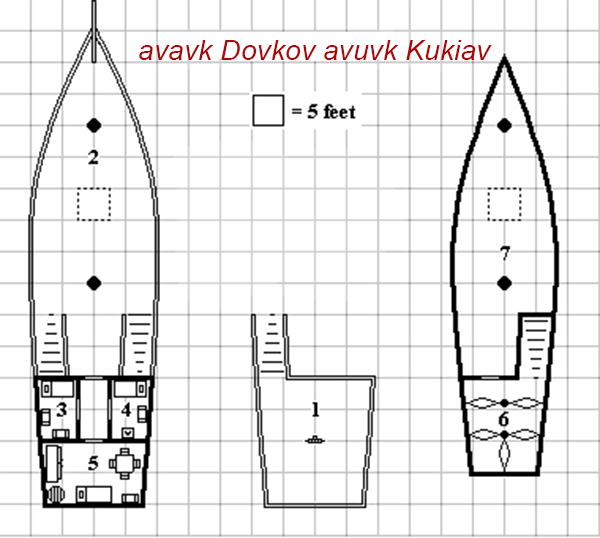In Brian’s post [Shadow World Deux ex machina: Gods or Loremasters?] he mentions ‘time-strapped GMs have to rely even more on prepared materials and modules’. It is not only us poor GMs that don’t have the time that we used to. As you all probably know I am one of those GMs that only gets to game a few times a year when the gang all gets back together. It is hard for my players to get into character at the drop of a hat if they haven’t played the character for four months or more.
To that end I have been asking around (mainly on twitter) about ideas to make this quicker and easier. My ‘plan A’ is the “First impression post-it” before I explain I will give you a little background.
I used to play in a MERP game (playing the same character for about 20 years and reaching 33rd level), that GM and the GM of a game that I am going to start playing in next week both use a three page questionnaire about your characters strengths, weaknesses, what they would sell their soul for and their deepest desires. A sort of PC SWOT analysis. I always hated them and still do. When I first create the character I don’t really know these things about him or her (normally him as I never play female characters having never been female and before you ask I don’t play elves either!). When I did have to fill one out for a newish character I wanted to change some of the answers after a few months of play and the GM said I couldn’t as he had used the answers in weaving the plot. I think 10 out of 10 for integrating the character into the game world but a big fat zero for character development.
Anyway, I don’t like these SWOT analysis forms because for new characters they either seem to end up very similar or very shallow or worst of all not reflecting the character that the player is actually playing. I suspect (and know in my case) that they are written and forgotten by the players.
I have been using first impression post-it notes for NPCs for a while. The idea is to create a sentence or two (no more than can fit on a post-it note) to describe the first impression that a character creates. Is he calm? flustered? charming? Do they speak with a booming school masters voice or a soft rural brogue? These help me get into the NPCs role quickly and keeps the NPC consistent across meetings. Bear in mind that in the players first adventure it took two human years for them to complete a small cave complex adventure.
If there are three gate guards, an old hand and two green recruits then a single note with the three names and maybe a two word description may be enough (Cyril:Sargent-major strict, Oswald:Cocky/swaggering, Bjorn:Scatter brained and untidy). Every time you exit via that gate you get one or more of the same guards and the players may even plan their escapades for then Bjorn is on duty because he suits their needs, but at least every time they meet they will be consistent.
Below is the post-it from one of my NPCs (I apologise for my handwriting, this is low tech roleplaying!). You could I hope take that post-it and character sheet and run with it.

The nice thing about post-it notes of course is that they are note a three page questionnaire, you are not giving away the deepest secrets of your characters background, should you happen to leave it at the game table while you go an get a beer and another player reads it.
I am only recording that first impression not a full psychological profile.
I am going to get my players to do these for their characters before the start of the next session. That way every time they open their mouths whilst ‘in character’ if what they say or how they say it should be in alignment with what is written on they post-it.
They can of course screw it up, toss it in the recycling and write out a new one. I had a character that was extremely happy go lucky until he was the sole survivor of a near total party wipeout. For him the adventure was no longer fun it became a grim reality pretty damn quick. That would be a new post-it moment!
How this works with real live players I don’t know yet but I will let you know. What is happening increasingly at the moment is that my players are playing themselves for most of the weekend which is not really the point of the game or where is the escapism in that?



